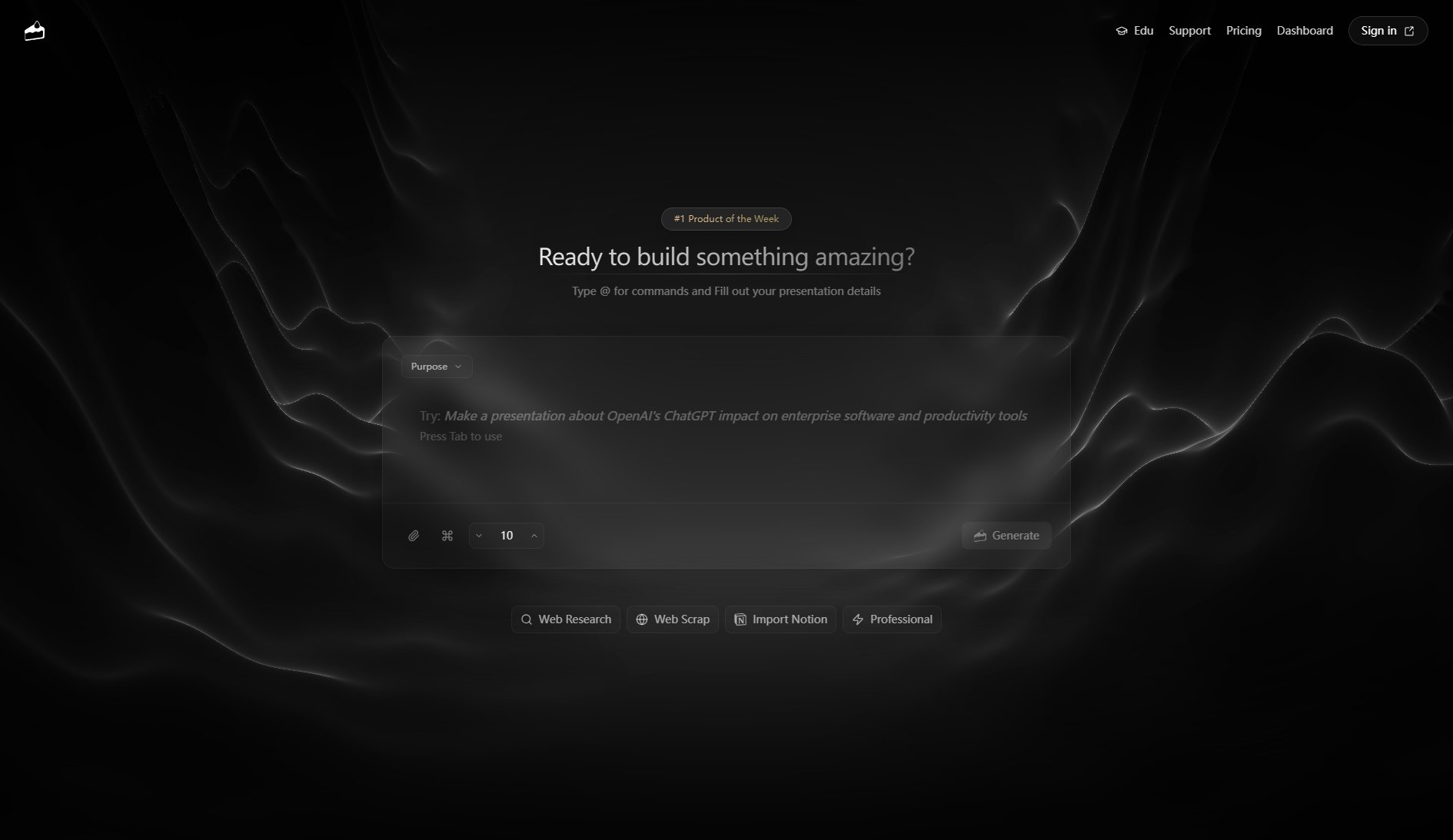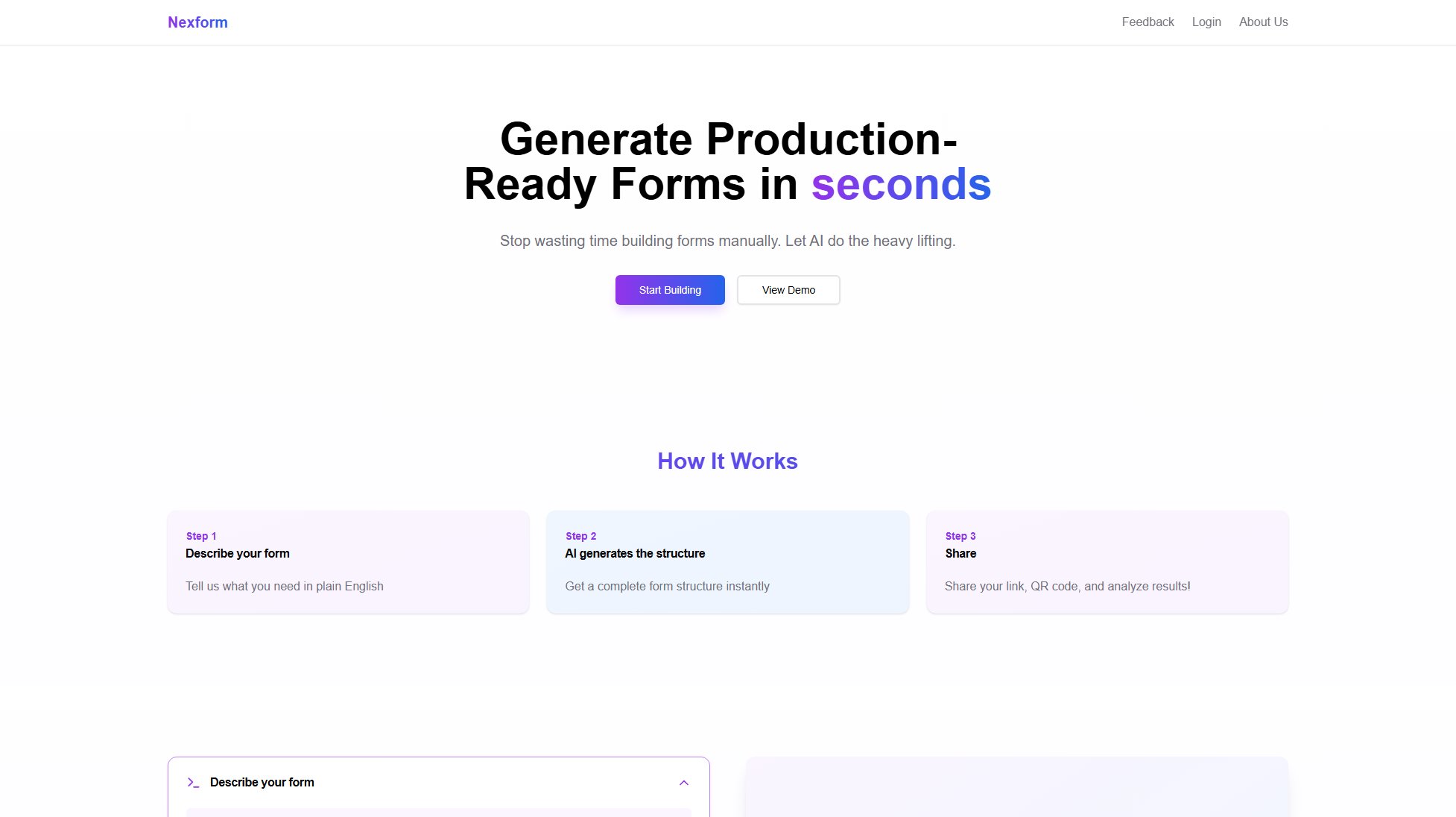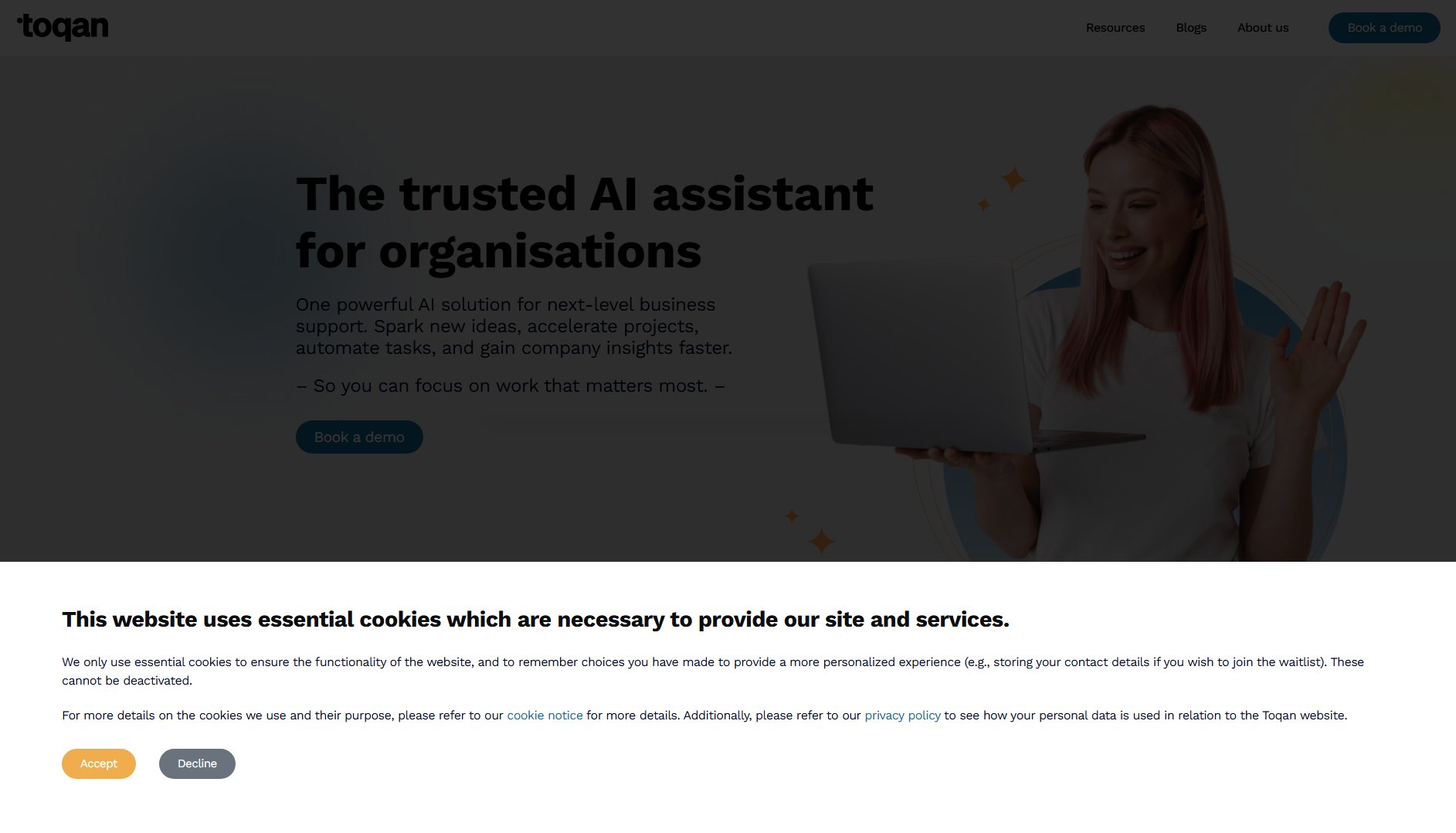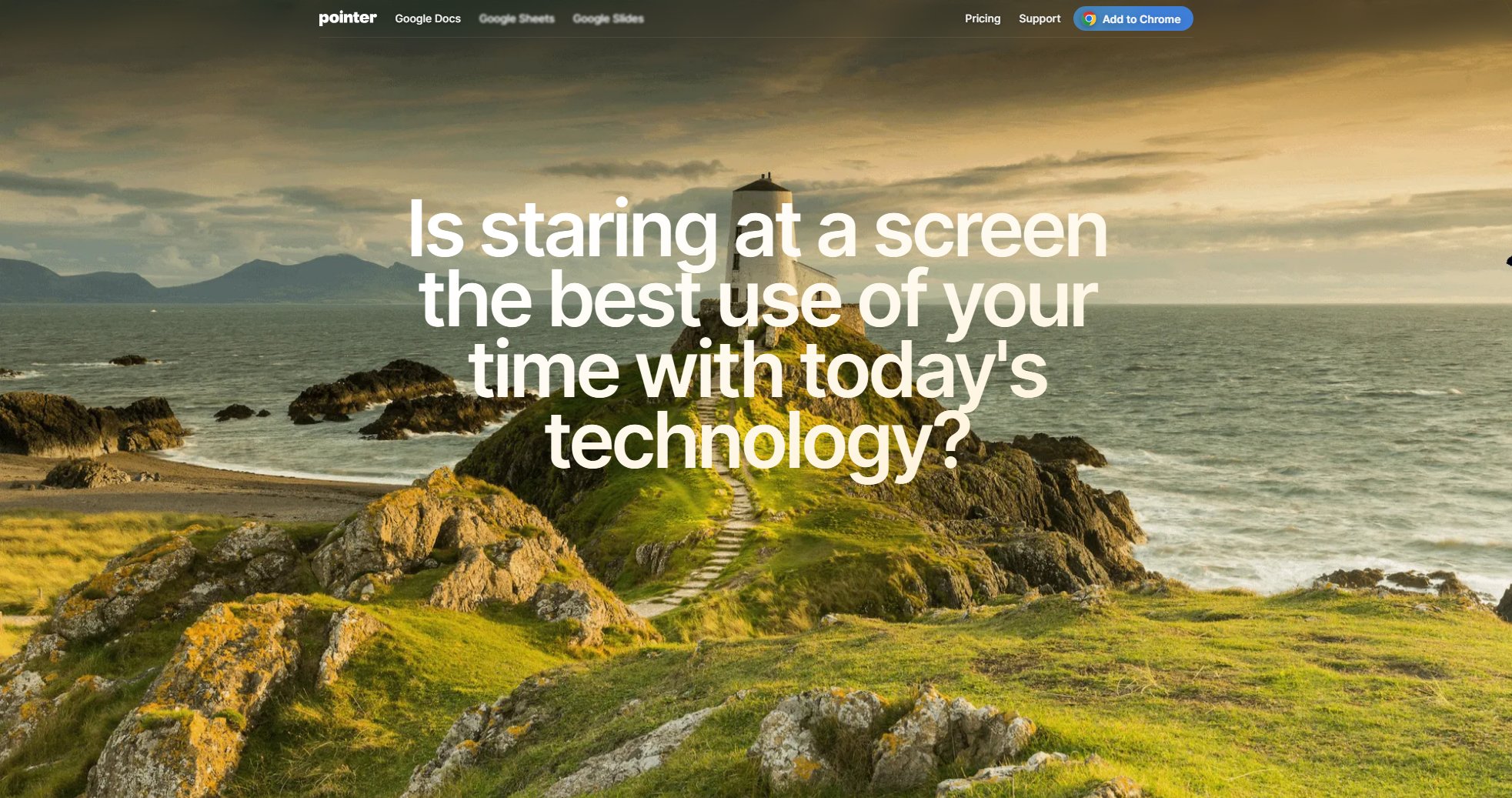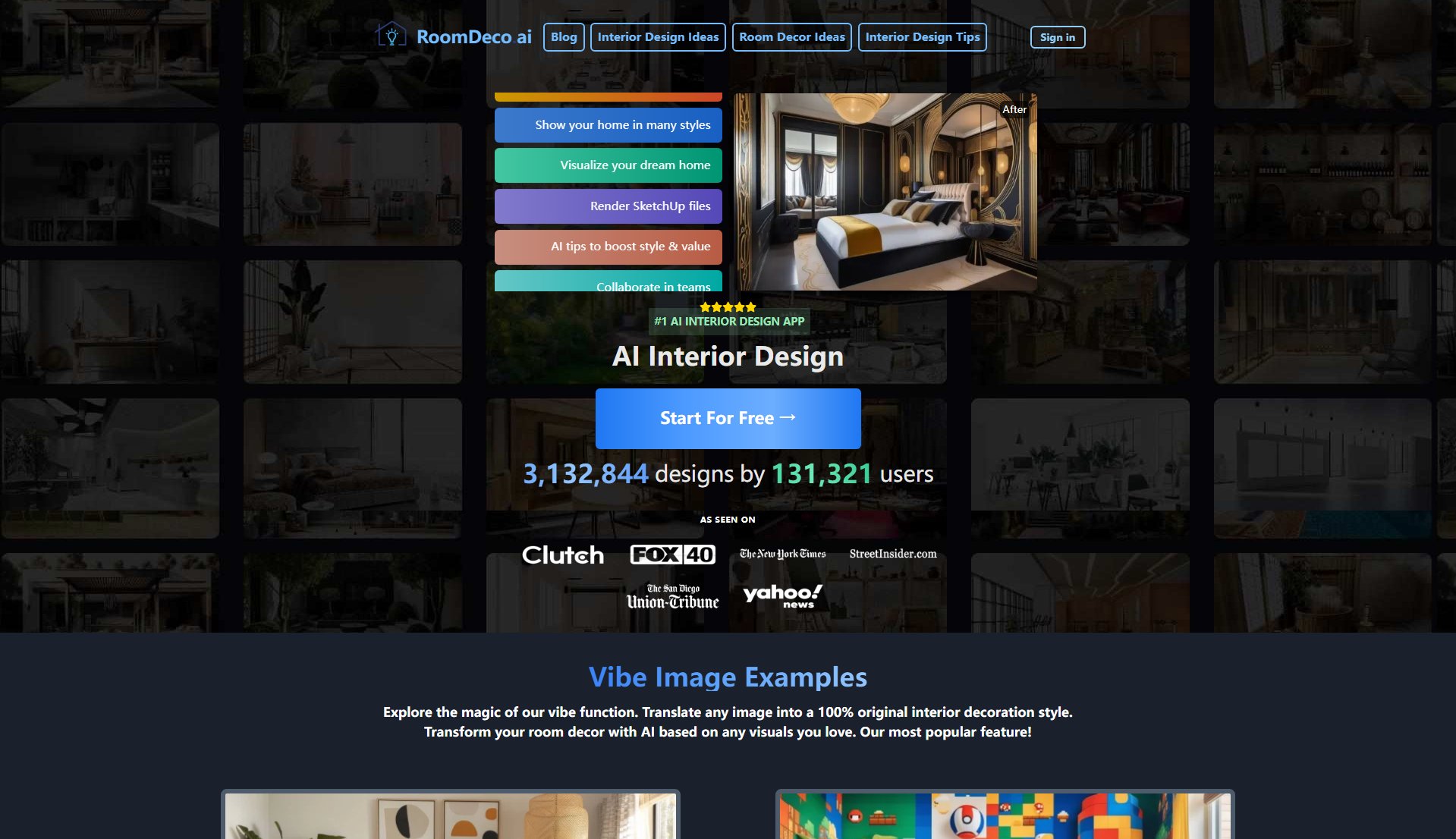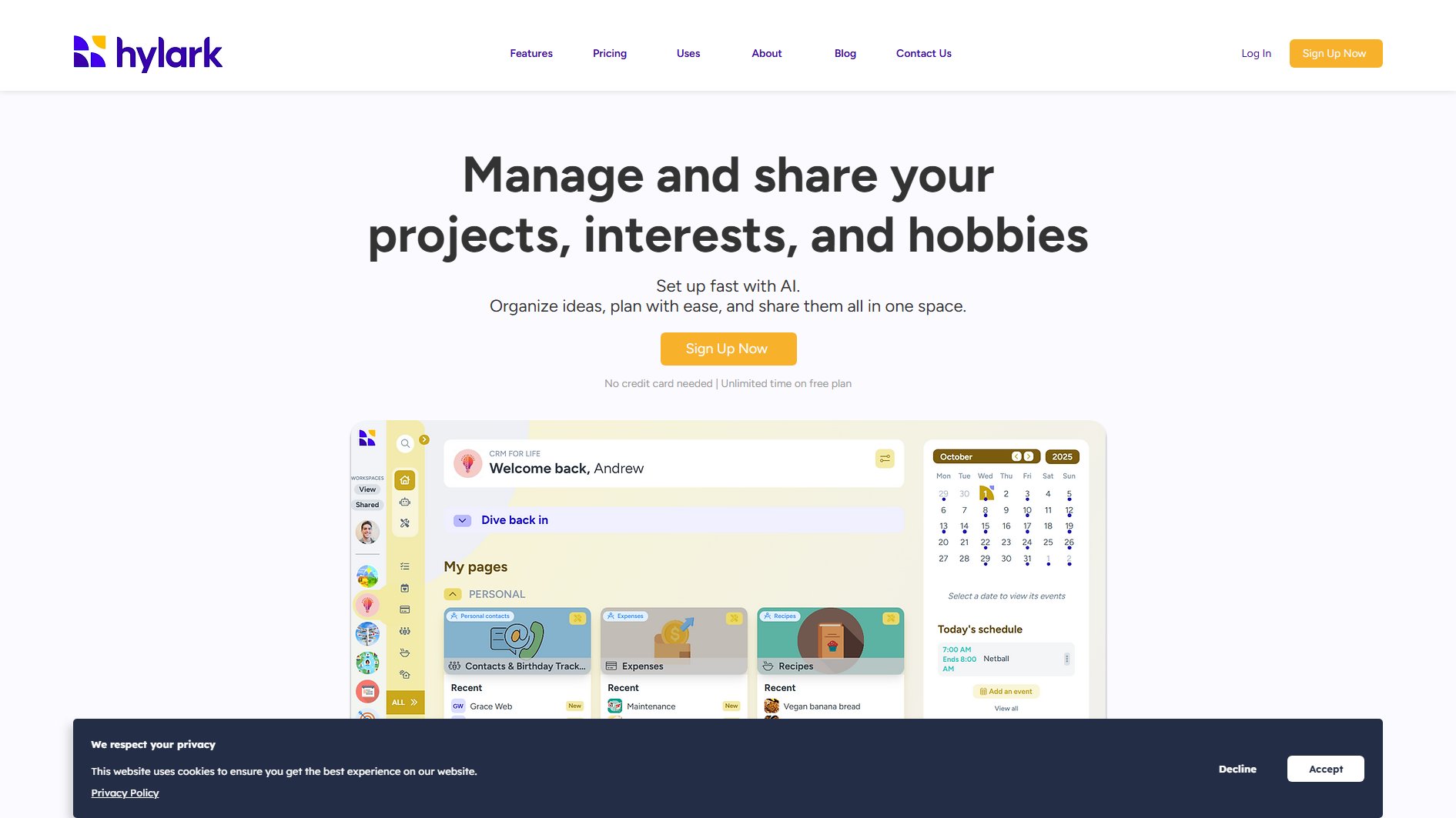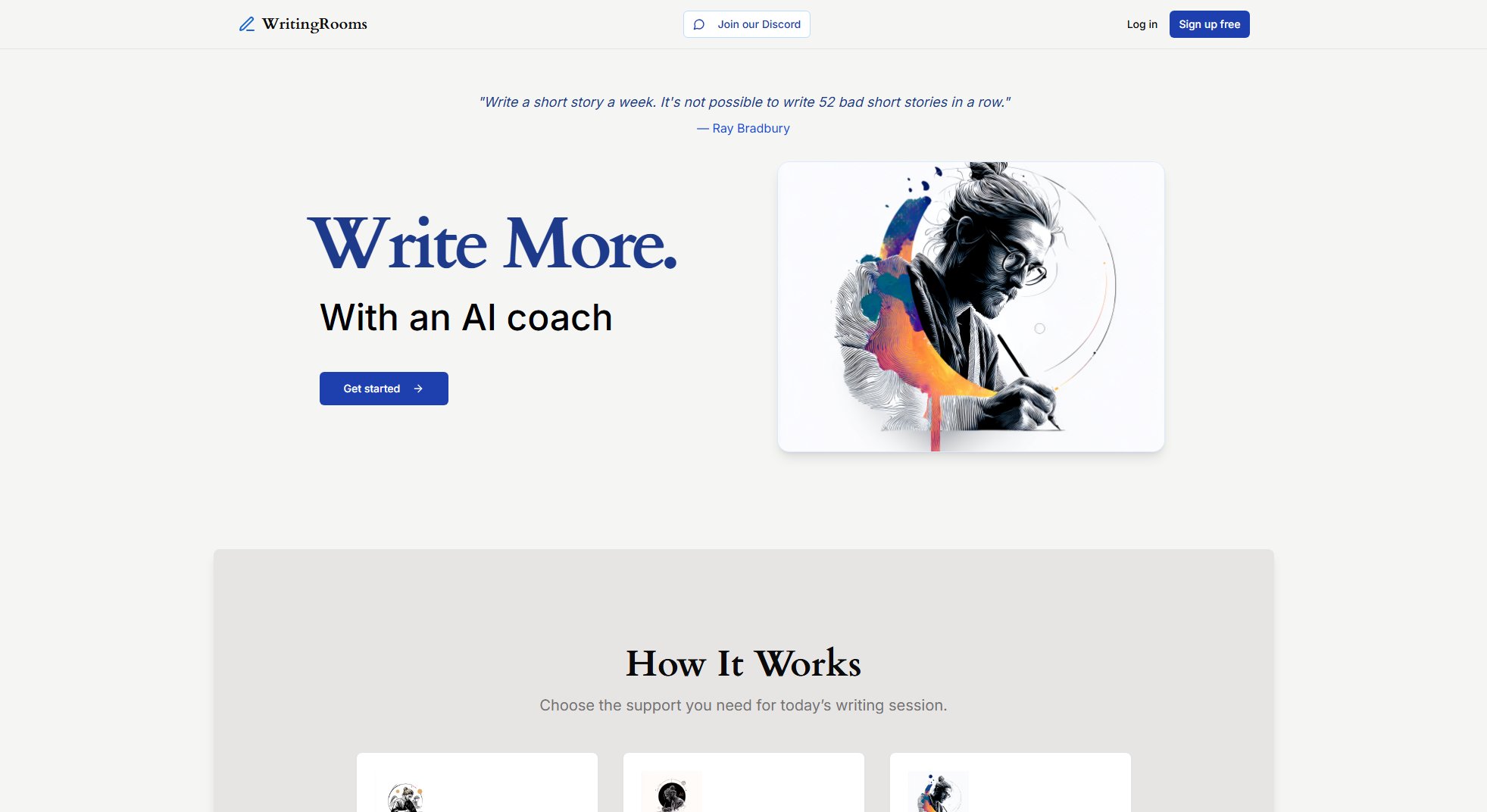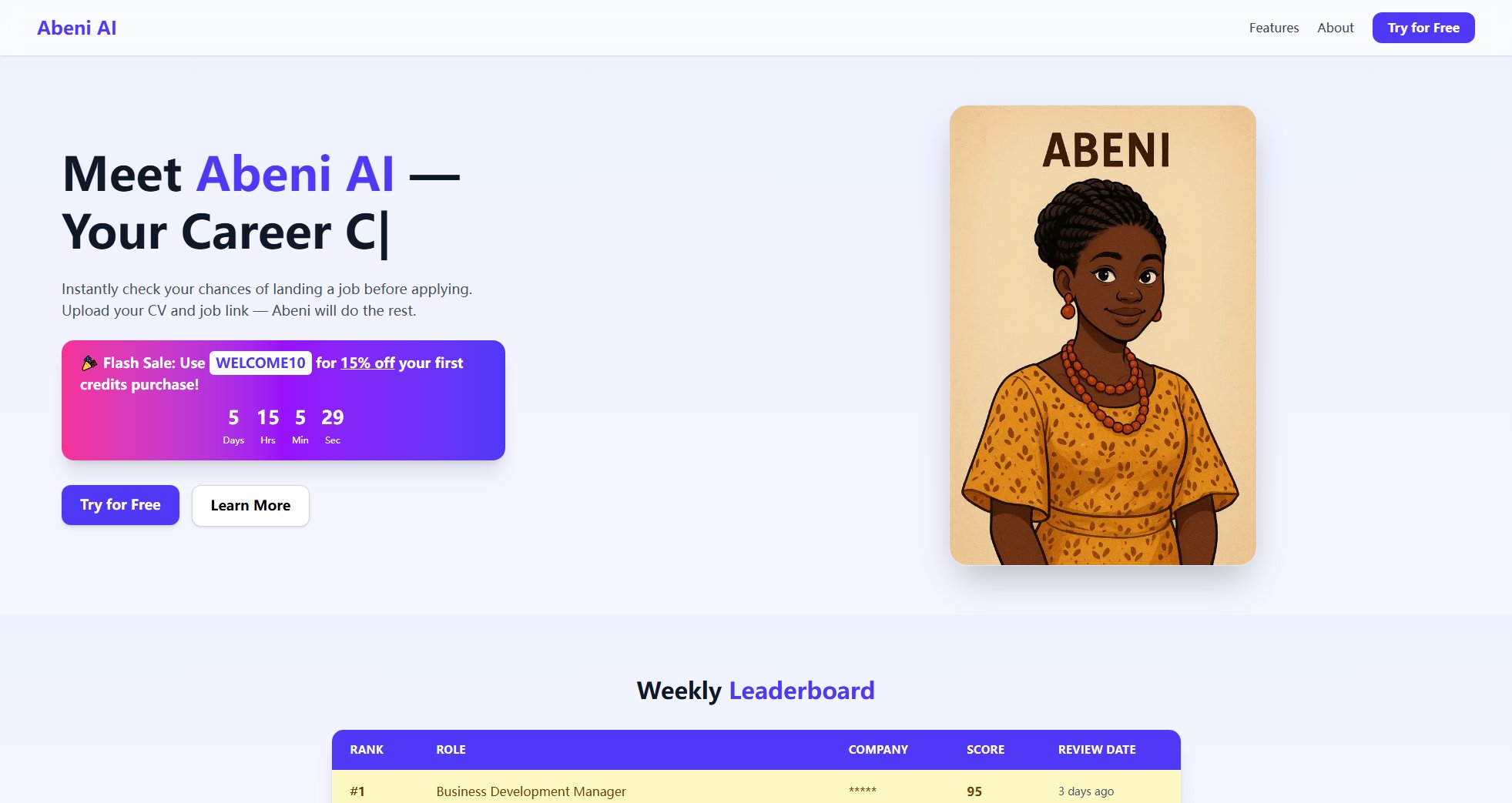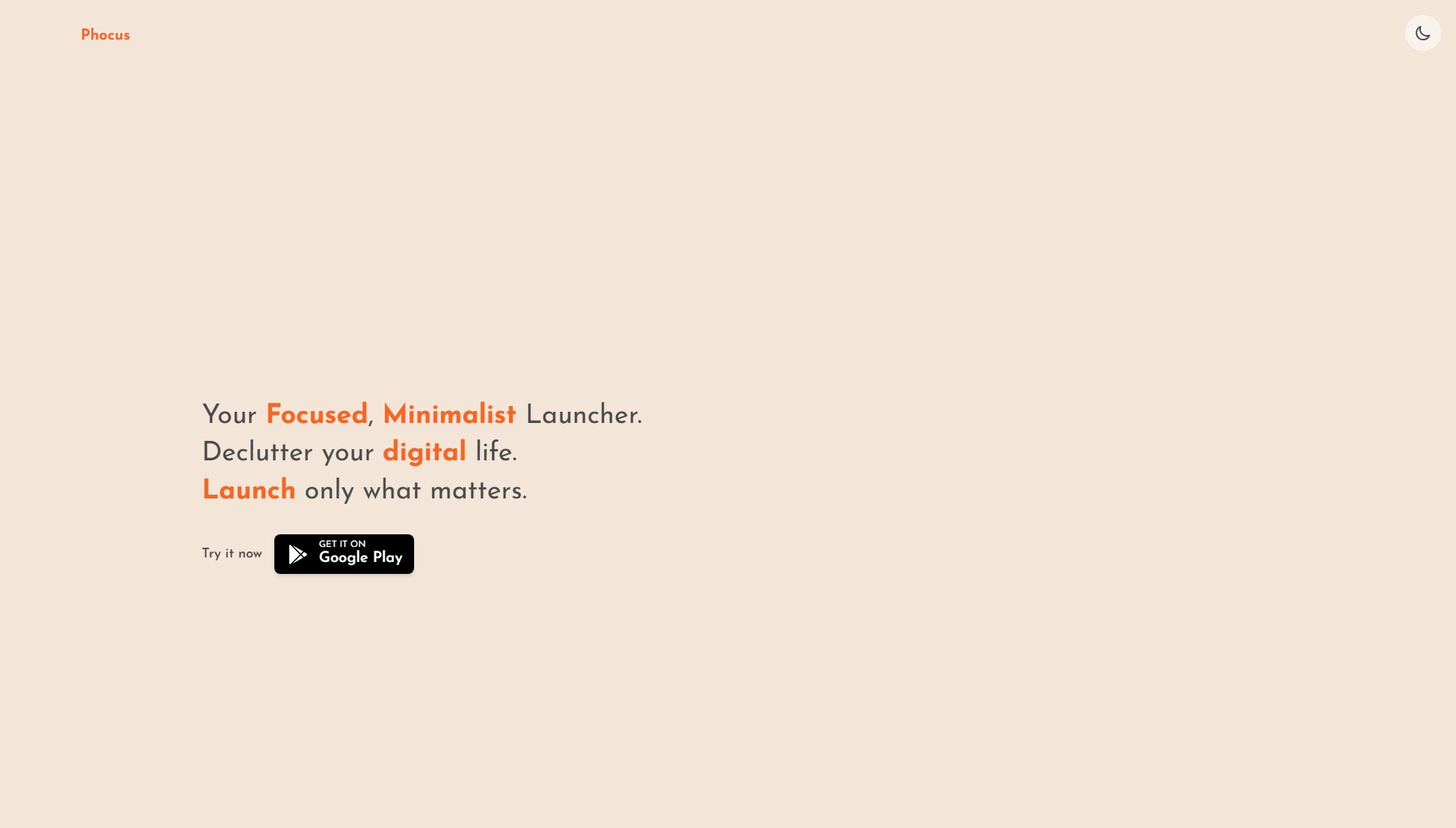Nodask
Visualize and manage tasks with intuitive graph-based workflows
What is Nodask? Complete Overview
Nodask is a revolutionary task management tool that allows users to visualize their entire project from start to finish using an intuitive graph interface. Unlike traditional list-based task managers, Nodask enables users to map tasks and their dependencies in a connected, organized manner. This tool is designed for professionals and teams who need a smarter way to manage complex workflows, breaking free from disconnected lists and spreadsheets. With features like AND/OR operators for task flow, nested subtasks, and real-time collaboration, Nodask provides clarity and control that traditional task managers can't offer. Currently in Beta, it's ideal for project managers, marketers, analysts, and anyone looking to streamline their workflow with visual logic.
Nodask Interface & Screenshots
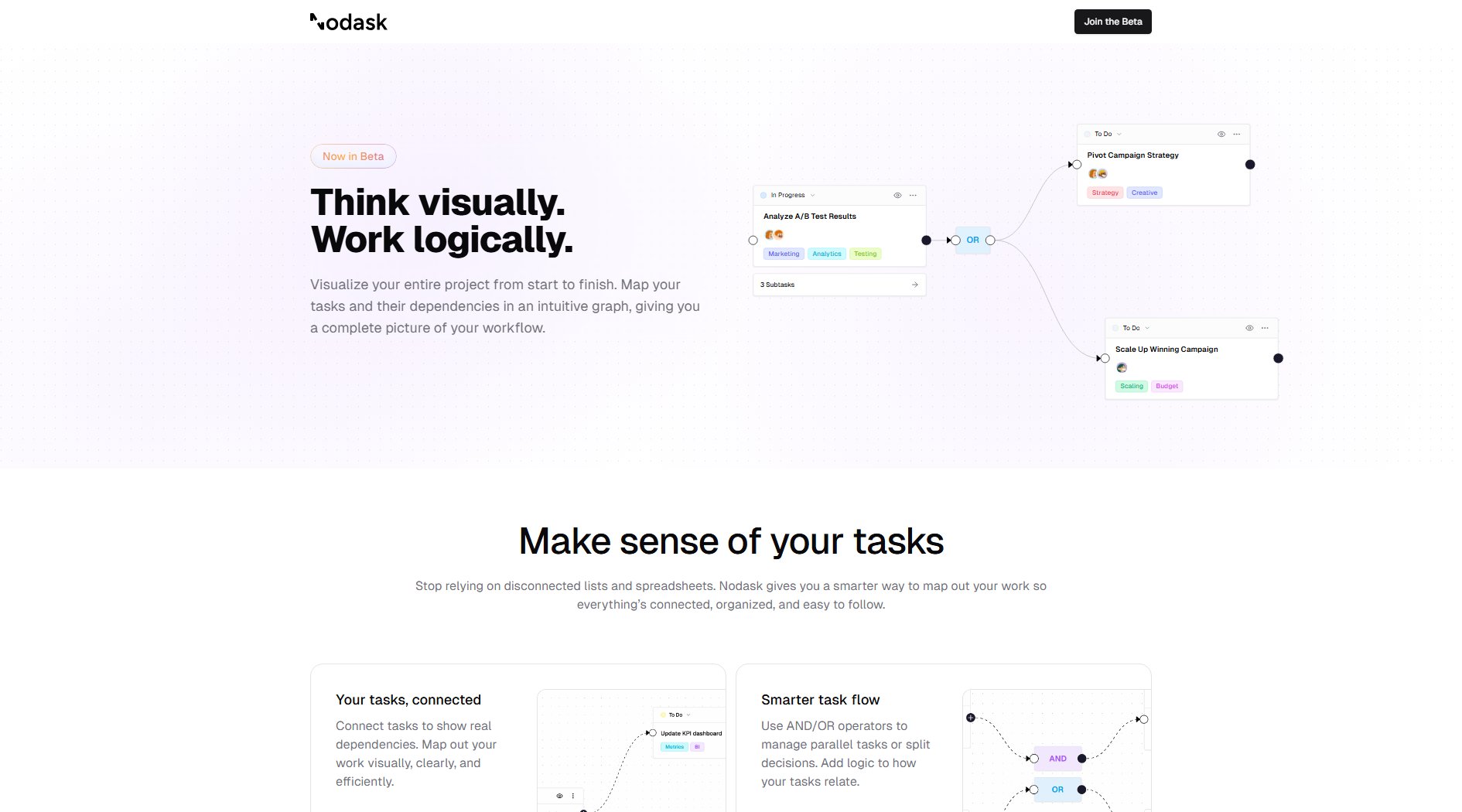
Nodask Official screenshot of the tool interface
What Can Nodask Do? Key Features
Visual Task Mapping
Nodask's core functionality revolves around its graph-based interface where users can visually map out tasks and their dependencies. This provides a complete picture of your workflow, showing how tasks connect and depend on each other. The intuitive drag-and-drop interface makes it easy to rearrange tasks and relationships as your project evolves.
Smart Task Flow with Logic Operators
Go beyond simple task lists with AND/OR operators that let you manage parallel tasks or split decisions. This logical approach to task relationships helps you model real-world workflows more accurately, whether you're running marketing campaigns, product development cycles, or complex analytical projects.
Nested Task Hierarchy
Break down work into layers with unlimited nesting capability. Each task can have its own subtasks, which can become their own detailed workflows. This hierarchical structure mirrors how work actually happens, allowing you to zoom in on details or get a high-level overview as needed.
Customizable System
Tailor Nodask to your specific workflow needs with custom labels and statuses. Unlike rigid task managers, Nodask lets you shape the structure to fit your unique process, whether you're following Agile, Waterfall, or your own hybrid methodology.
Precision Filtering
Quickly find what you need with powerful filtering options. Filter tasks by assignees, labels, status, text content, or dates. This makes it easy to focus on specific aspects of your project or quickly locate particular tasks in complex workflows.
Real-time Collaboration
Keep your team aligned with live updates and collaborative editing. See changes as they happen, track collaborators' cursors in real-time, and work together seamlessly on task details. This ensures everyone always has the most current project information.
Best Nodask Use Cases & Applications
Marketing Campaign Management
Marketing teams can use Nodask to map out entire campaigns from concept to execution. The visual interface helps plan dependencies between creative development, approval processes, and launch sequences. AND/OR operators are perfect for modeling A/B test scenarios where different paths depend on test results.
Product Development Workflows
Product managers can visualize the entire development lifecycle, showing how design, engineering, and QA tasks interconnect. The nesting feature allows for breaking down epics into features and stories, while the graph view maintains visibility of cross-team dependencies.
Complex Analytical Projects
Data teams can model their analytical workflows, showing how data collection, cleaning, analysis, and reporting tasks depend on each other. The visual format helps identify potential bottlenecks and parallel processing opportunities in multi-stage analytical processes.
Event Planning
Event coordinators can map out all preparation tasks and their relationships, from venue booking to vendor coordination to marketing. The visual format provides a clear overview of the entire event timeline and helps identify critical path items that could delay the event if they fall behind.
How to Use Nodask: Step-by-Step Guide
Start by creating your first task node. Click anywhere on the canvas or use the 'Add Task' button to create your initial task. Give it a descriptive name that clearly represents a work item in your project.
Add dependencies by connecting tasks. Select a task and drag from its connection point to another task to create a dependency. This visually represents the workflow sequence and relationships between different pieces of work.
Apply logic to your workflow using AND/OR operators. These special nodes let you create decision points in your workflow where tasks might split into parallel paths or require certain conditions to be met before proceeding.
Break down complex tasks by adding subtasks. Right-click on any task to add nested subtasks, creating as many levels as needed to fully represent your work breakdown structure.
Customize your view with filters and labels. Use the filtering options to focus on specific aspects of your project, and apply custom labels to categorize tasks according to your workflow needs.
Collaborate with your team by sharing the project. Invite team members to view and edit the workflow in real-time, watching as changes appear instantly and tracking each other's progress through the visual interface.
Nodask Pros and Cons: Honest Review
Pros
Considerations
Is Nodask Worth It? FAQ & Reviews
Yes, Nodask is currently free during its Beta testing phase. The company has not yet announced pricing plans for when it exits Beta, but Beta users may receive special offers or grandfathered pricing.
Nodask stands out by offering a visual, graph-based approach to task management rather than traditional lists. Its ability to show task dependencies, use logical operators, and nest tasks provides a more accurate representation of complex workflows than linear task lists.
Absolutely! While Nodask is powerful enough for team collaboration, its intuitive interface makes it equally suitable for personal project management, especially for complex personal projects with many interdependent tasks.
During the Beta phase, there are no limits on the number of tasks or projects you can create. This allows users to fully test the system's capabilities with real-world workloads.
Nodask shows live updates as team members make changes, including cursor positions and edits. This ensures everyone always sees the current state of the project and can collaborate seamlessly without version conflicts.
